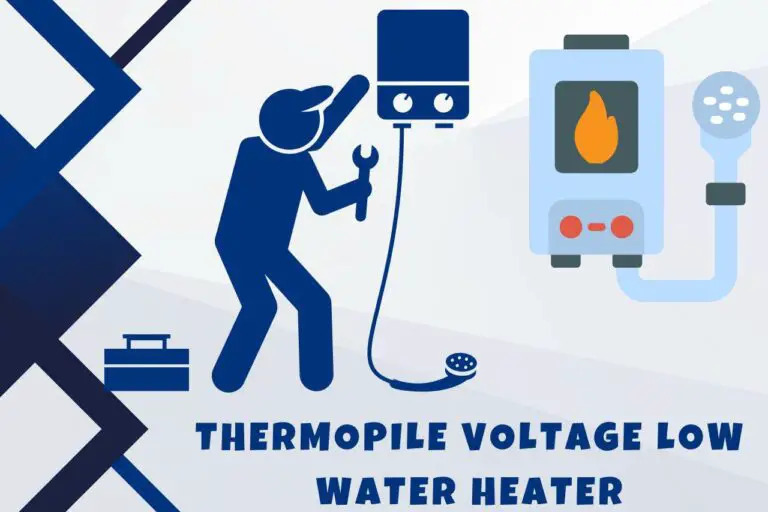Introduction: Deciphering Thermopile Voltage Low
Thermopile voltage low is a common issue encountered in various electronic devices, particularly those utilizing thermopile sensors. Understanding this phenomenon is crucial for troubleshooting and resolving related issues effectively.
What is Thermopile Voltage Low?
Thermopile voltage low refers to a situation where the output voltage of a thermopile sensor drops below the expected level. Thermopiles are heat-sensitive devices composed of multiple thermocouples connected in series. They generate voltage when exposed to temperature gradients.
Causes of Thermopile Voltage Low
Several factors can contribute to thermopile voltage dropping below the normal range:
- Temperature Fluctuations: Rapid changes in temperature can affect the performance of thermopile sensors, leading to voltage fluctuations.
- Contaminants: Accumulation of dust, dirt, or other contaminants on the sensor surface can interfere with its ability to generate voltage.
- Wear and Tear: Over time, thermopile sensors may experience wear and tear, affecting their efficiency and causing a decrease in output voltage.
Effects of Thermopile Voltage Low
When thermopile voltage drops below the expected level, it can result in:
- Inaccurate Readings: Devices relying on thermopile sensors may provide inaccurate temperature measurements or fail to function properly.
- Reduced Performance: Appliances such as gas water heaters, fireplaces, and infrared thermometers may exhibit diminished performance due to inadequate voltage output.
How to Fix Thermopile Voltage Low
Resolving thermopile voltage low issues involves several troubleshooting steps:
- Check for Obstructions: Inspect the sensor area for any obstructions or contaminants that may be interfering with its operation. Clean the sensor surface carefully using a soft brush or compressed air.
- Verify Power Supply: Ensure that the device supplying power to the thermopile sensor is functioning correctly. Check for loose connections or damaged wires that may be affecting voltage output.
- Calibration: If available, recalibrate the device according to the manufacturer’s instructions to restore proper voltage levels.
- Replace Faulty Components: If all else fails, consider replacing the thermopile sensor or any other damaged components to address the issue effectively.
Conclusion
In conclusion, understanding thermopile voltage low is essential for maintaining the optimal performance of electronic devices utilizing thermopile sensors. By identifying the causes and implementing appropriate solutions, users can effectively troubleshoot and resolve related issues, ensuring the smooth operation of their appliances.


